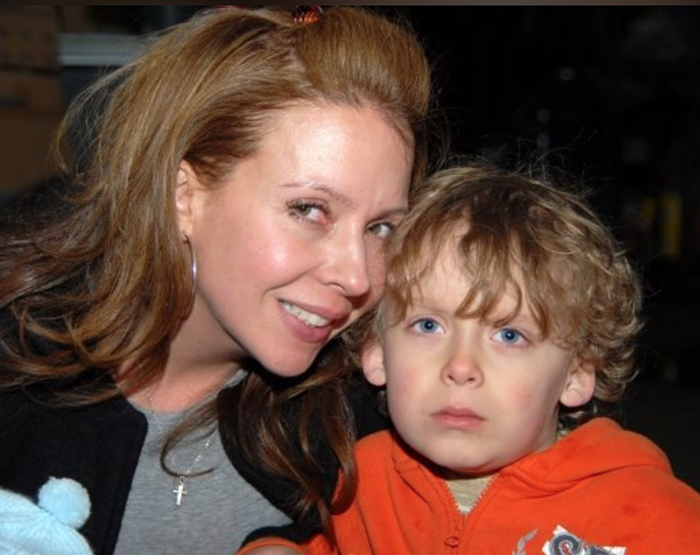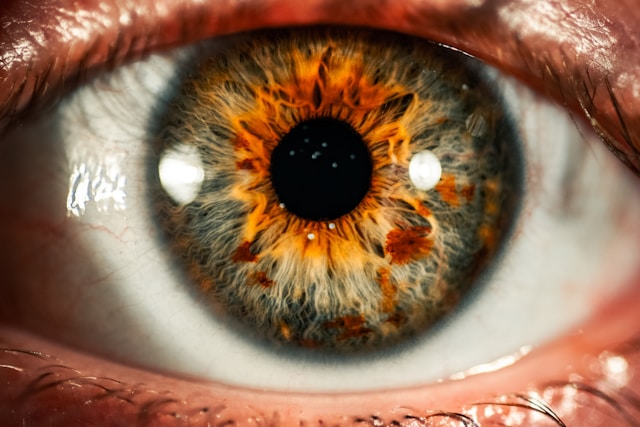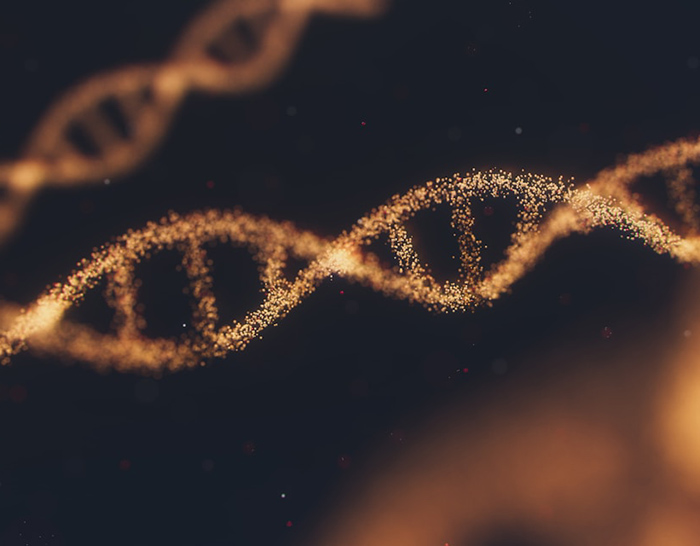In April 2025, the Department of Health and Human Services (HHS) announced it would disband the Advisory Committee on Heritable Disorders in Newborns and Children (ACHDNC). For 15 years, the Advisory Committee has played a key role in determining which conditions should be part of the newborn screening program—a program to detect, diagnose and intervene early in heritable conditions that affect a child’s long-term health or survival.
Newborn screening is vital to make children with chronic conditions healthy again. It ensures affected children are diagnosed and receive appropriate care before their conditions cause irreparable damage to their bodies. Phenylketonuria (PKU) was the first diseases detected through newborn screening—back in the 1960s. Early detection allowed affected children to thrive on a specialized diet, avoiding the organ damage caused by build-up of the amino acid phenylalanine their bodies cannot digest. Children were able to live full, healthy lives, uninhibited by the developmental delays and intellectual disabilities typical of the disease.
To be considered for inclusion, each condition must meet several criteria—including having early treatment options that ultimately prevent serious disability and death. Newborn screening programs also incorporate follow-up staff to ensure families receive timely and accurate information to better understand and manage their child’s disease.
Scientific advancements and innovative therapies have made an increasing number of heritable diseases treatable. This makes effective ways to add new conditions to the newborn screening program incredibly important. To discuss the future of the newborn screening program, the role of ACHDNC, and why reforms are needed to improve the program’s efficiency, Bio.News sat down with Elisa Seeger, Founder of the ALD Alliance and Newborn Screening Alliance.
Can you explain why you became an advocate for the newborn screening program?
I became an advocate for newborn screening after losing my son, Aidan, to adrenoleukodystrophy (ALD) at the age of seven in 2012.
Aidan was a perfect, rambunctious, blue-eyed boy until he started having vision problems in the latter part of his first grade school year. After various doctor visits, we received the diagnosis of ALD and our family was thrust into doing anything possible to save his life.
We moved our family to Durham, North Carolina, where Aidan received a bone marrow transplant at the Duke University School of Medicine. However, because Aidan was a late diagnosis he spent the last 10 months of his life living in the hospital and succumbed to the disease on April 29, 2012.
During that time, I found out that there was a newborn screening test for ALD, but not one state was putting it to use. This newborn screen would have meant the difference between life and death not only for Aidan but for thousands of boys across the country. I made a promise to Aidan that I would fight to make sure this didn’t keep happening to other boys.
His suffering was unimaginable and I was helpless to change what he went through. Yet, I knew I could help others by telling Aidan’s story and advocating for screening.
In 2013, “Aidan’s Law” was signed—exactly 11 months to the day that Aidan passed away. As of December 30, 2013, New York became the first state to test every baby born for ALD.
That wasn’t enough.
I soon realized that each state has to implement their own newborn screening separately. So I began going state to state and advocating federally for newborn screening under the initiative, “The Eradication of Death by Zip Code.”
Right now, it can take a decade or more before 50 states are testing for a condition added to the Recommended Uniform Screening Panel (RUSP). We need to change this.
Every baby born in our country deserves the same chance at a normal, healthy life.
What is the process of adding new conditions to the newborn screening program?
Despite being an essential public health program, newborn screening is technically a state program, and each state determines which diseases will be added to its panel.
The federal ACHDNC committee is responsible for the Recommended Uniform Screening Panel (RUSP), a standardized list of currently 38 genetic conditions, including metabolic conditions, endocrine disorders, hemoglobin disorders and others. Some states have passed legislation mandating a timeline in which a condition should be added to a state panel once it has been added to the RUSP. Other states require individual legislation to be passed in order to add a condition, or may defer to a state newborn screening advisory committee to review nominated conditions and determine whether or not it should be added.
Adding conditions is an expensive process. Newborn screening is often cited as one of the most successful public health programs—but it is severely underfunded.
The majority of our country’s newborn screening programs want to expand, but are unable to due to lack of funding. We feel very strongly that federal funds are needed so that when a disease is added to the RUSP, all states have the ability to add the disease as soon as possible. Our foundation has been advocating to streamline this process since 2018.
The list of diseases has expanded over time. How does that process work, and what role did the advocacy community play?
The RUSP was created in 2010. Fifteen years ago, it included 29 core conditions. So far only 9 conditions have been added—reflecting how slow and tedious the process is. It’s important to acknowledge that the nomination process often falls on the shoulders of small patient advocacy organizations. They are often charged with finding affected families to testify to legislators, as well as to find subject matter experts in the medical field to provide research supporting the need for newborn screening for the condition.
For example, Krabbe disease was nominated and rejected several times—each time the committee required more information to satisfy its questions. Each time, the patient advocacy organization had to gather more evidence and have clinicians publish reports or limit the scope to satisfy the committee.
Families affected by Krabbe disease had to share their stories multiple times and travel to D.C. to speak during the committee hearing. There were issues with tie votes in the committee and the relitigation of established treatments, amongst other issues, all leading to a delay in adding Krabbe to the RUSP. This led to a tremendous anxiety amongst the community—as any delay equals babies dying.
Krabbe was finally added to the panel in 2024.
What does the recent disbanding of the ACHDNC mean for the future of the program? And for the patient community?
The disbanding of the ACHDNC has been a huge blow to the rare disease community.
For the last 15 years, this has been the method by which diseases could be nominated to one central group, reviewed, and then be recommended to states. The states need guidance and mechanisms by which they can establish if a condition is ready to add—the ACHDNC has historically acted as this guiding entity.
If a new mechanism is not put into place, we will be left going state by state and this will lead to years of undue delay when adding a condition for screening. The removal of this committee has taken away the fundamental process of keeping the newborn screening program up to date.
The RUSP is the gold standard for states, as they do not have the resources to review and add conditions independently. This has led to uncertainty in the future of newborn screening and the process by which rare disorders can move forward to be recommended for implementation.
For example, after 10 years of collecting evidence, and a now FDA approved treatment, Cerebrotendinous xanthomatosis (CTX) was ready to be nominated to the ACHDNC. Now that the ACHDNC is disbanded, CTX and other rare diseases face uncertainty as to how they might be added to the newborn screening panel.
Now, the only option will be to go state by state to campaign for its addition, which will lead to unnecessary disability and death of babies not being diagnosed in time for treatment.
Metachromatic Leukodystrophy (MLD) and Duchenne Muscular Dystrophy (DMD) were expected to be added to the program this year. What does a delay in adding these diseases mean for families?
As with all of these rare conditions, time is of the essence.
MLD and DMD were scheduled to be voted on May 8th (and then hopefully added to the RUSP), but that is no longer possible. FDA-approved treatments exist for both of these conditions, but if an early diagnosis is not given, the treatments often cannot be administered or will not be effective.
This is devastating for families and financially short-sighted for states. The cost up front to screen each baby is marginal compared to the cost of caring for a child who is slowly losing their abilities.
For example, my son Aidan’s medical bills due to his late diagnosis of ALD exceeded $4,000,000. The cost to add ALD to the newborn screen panel in New York (with approximately 250,000 babies born annually), was approximately $500,000.
One child diagnosed too late as opposed to screening 250,000 babies? We can clearly see the significance of saving thousands of lives as well as millions of dollars at the state level.
As newborn screening expands, there is also evidence of the psychological benefits from newborn screening in general. Several researchers have published studies showing that among caregivers for patients with ALD and other metabolic diseases, those who were alerted of their child’s diagnosis from newborn screening experienced fewer symptoms of depression compared to caregivers whose child’s diagnosis was identified due to emergent clinical symptoms.
The delay in adding these conditions to the federal panel means unnecessary deaths, suffering for children and their families, exorbitant costs to families and states, and extraordinary treatment options not reaching pediatric patients in time.
What are ways to improve the Newborn Screening Program, and how can readers get involved?
Many states will only consider adding a disease that has been approved by the RUSP. We support the necessity of a federal committee that reviews diseases, but not the way it was currently operating. We recognize that there were issues with the old system and are grateful to HHS for recognizing the inefficiencies. We have published a set of concrete recommendations to make sure any new system is efficient, appropriately funded, and works for all involved. This will ensure our newborn screening programs can keep pace with FDA-approved treatments and therapies for rare diseases.
Please sign our petition: Save Our Babies: Newborn Screening Saves Lives, and please reach out to Elisa@aldalliance.org to work together on this initiative!
If you want to learn more, visit the Newborn Screening Information Center (NBSIC), read the National Academies of sciences, Engineering and Medicine report “Newborn Screening in the United States – A Vision for Sustaining and Advancing Excellence” or visit the ALD Newborn Screening Alliance website.
Pictured above is Elisa Seeger with her son Aidan.




